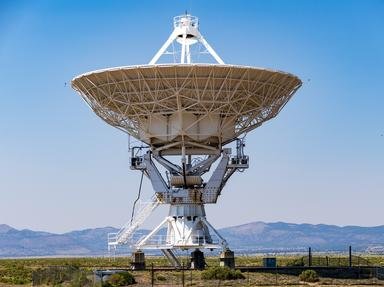Quiz Answer Key and Fun Facts
1. Who used a telescope to confirm the existence of the planet Neptune in 1846, after its position had been mathematically predicted by Le Verrier?
2. What is the name of the largest moon in our solar system?
3. Which of the constellations represents a goat?
4. Which object is a neutron star that emits pulses of radiation toward Earth as it spins?
5. Which comet passed so close to Jupiter, in 1994, that it was broken into fragments by Jupiter's immense gravity?
6. The Giotto space probe was launched in order to examine what type of space object?
7. Aside from the Sun, Sirius is the star with the brightest apparent magnitude, as seen from Earth. What is the third brightest star in apparent magnitude (after the Sun and Sirius)?
8. Which planet has the largest volcano and largest valley in the solar system?
9. What astronomer was the first to discover galaxies beyond the Milky Way?
10. Which of the following is NOT a type of galaxy?
Source: Author
thejazzkickazz
This quiz was reviewed by FunTrivia editor
rossian before going online.
Any errors found in FunTrivia content are routinely corrected through our feedback system.


